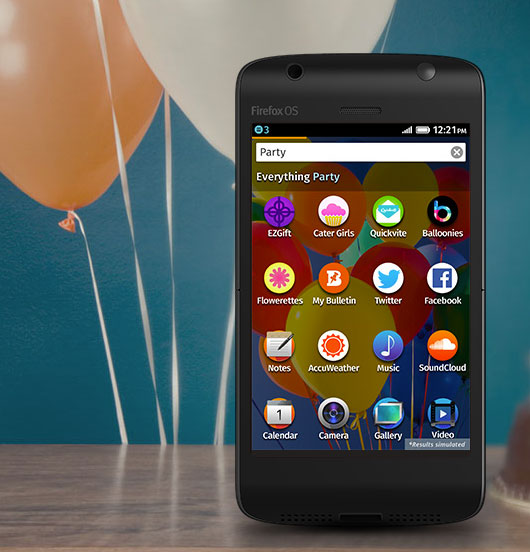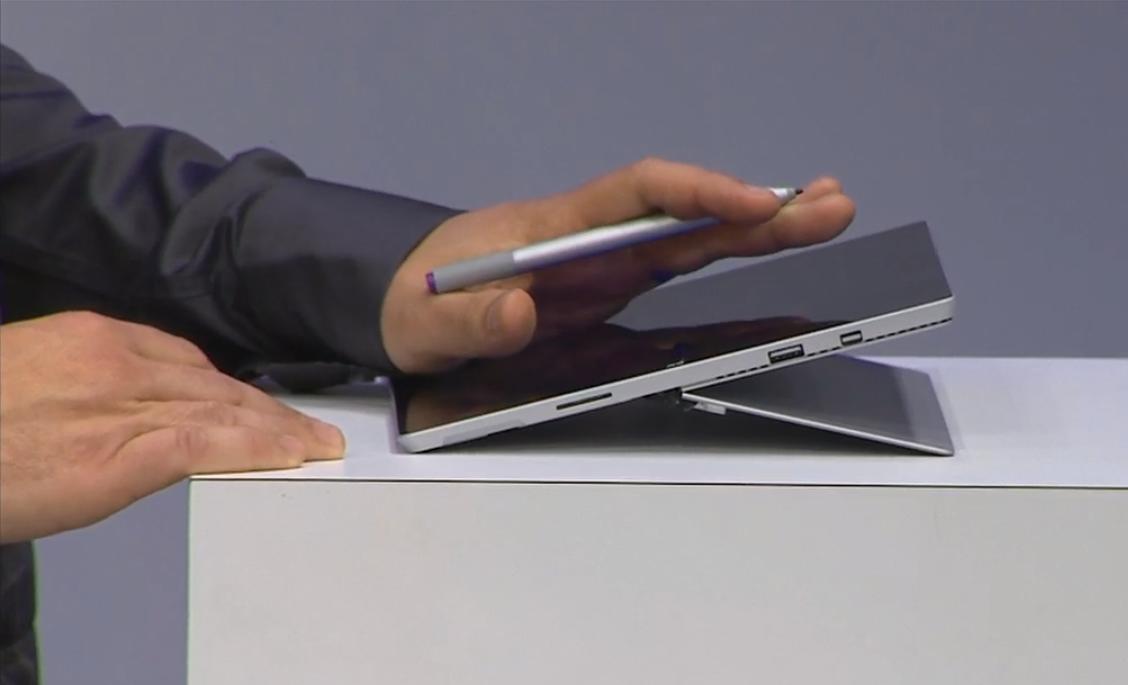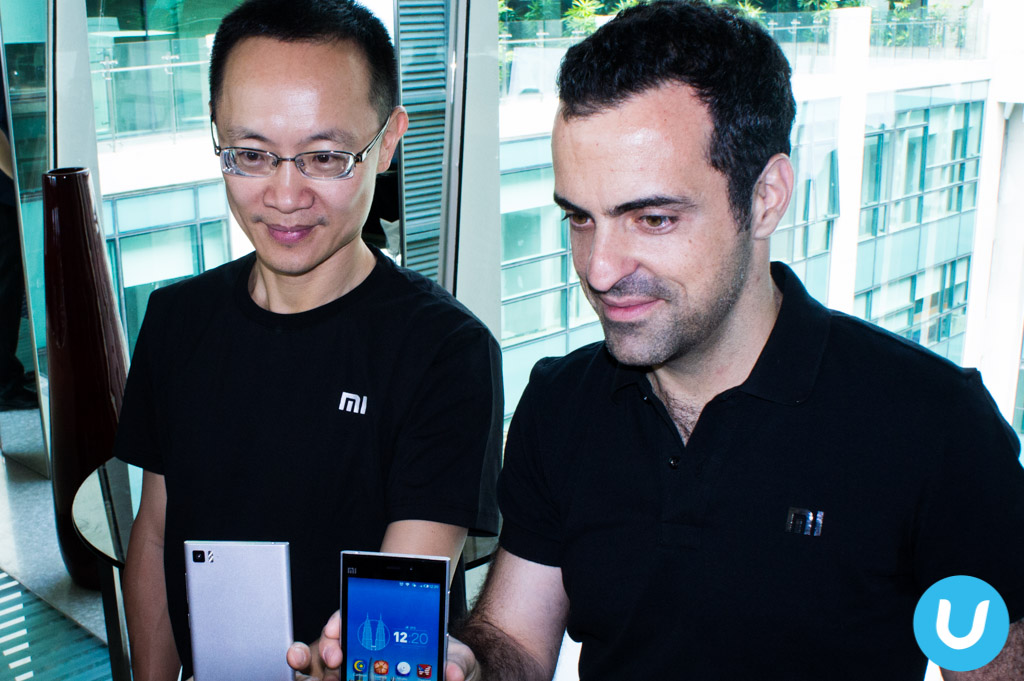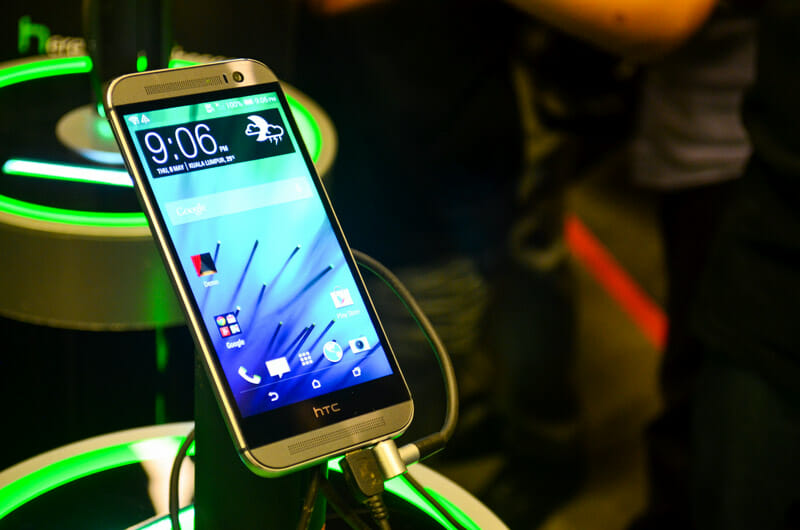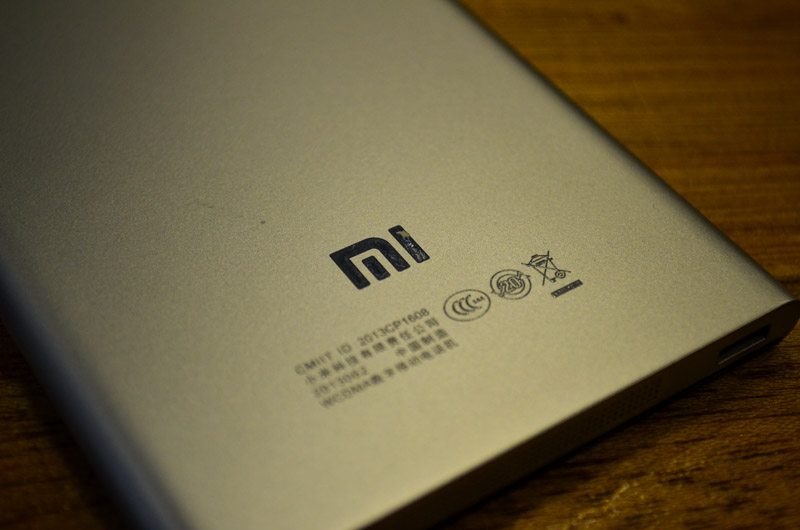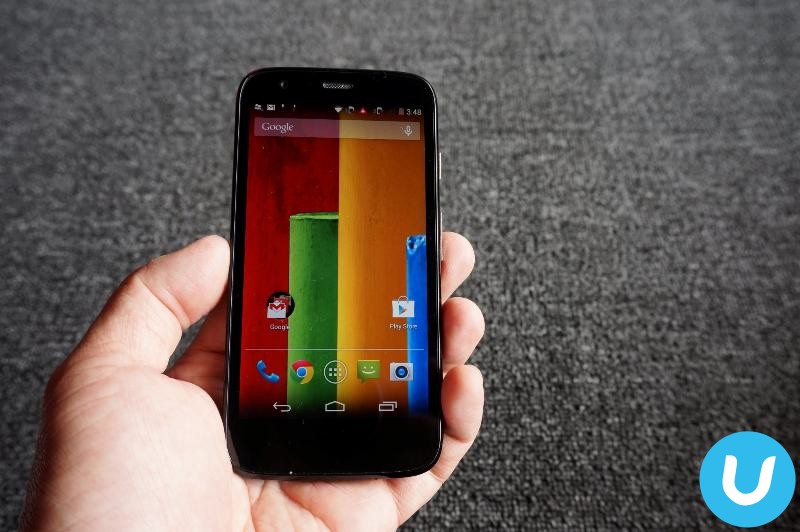The Mobile World Congress came to an end a couple of weeks ago.
Whilst there was the usual glitz and glamour surrounding the mobile ecosystem with notable mentions of wearable electronics, smartphone launches and new products and services, there was one announcement that tried to be different from the rest – a US$25 smartphone launched by Mozilla and its partners.
According to the CNET, Mozilla has new partnerships to carry its browser-based operating system (OS) to high-growth, low-cost markets like Indonesia where iOS and Android are vulnerable.
That got me thinking. What about the impact of such a phone in Malaysia? Would that work here? Why and why not?
Well, IMHO, while the idea of a $25 smartphone is a nice one to have, the introduction of this phone is a very niche product for a very niche segment of the market. That is to say, it will generally appeal to those in the lower-budget segment – read: less than RM200.
It may also appeal to those who are using feature-based phones rather than the mid-to upper smartphone market.
 The success of any smartphone is highly dependent on two things. One is the app ecosystem. The other is the handset branding, specifications, and reliability.
The success of any smartphone is highly dependent on two things. One is the app ecosystem. The other is the handset branding, specifications, and reliability.
When Android first started, it was slow going for there weren’t many apps to go along with it and most of them were low quality apps.
Related to this is the stability and interoperability of the OS. Very frankly, it took several years for Google to settle these two issues and it was not until the advent of Google’s Android 4.0 Ice Cream Sandwich and Android 4.1 Jelly Bean and above, that Android did really take off.
Also by that time, apps were abundant on Google Play store. Big name apps began appearing on Android as they did on Apple. This means the most popular apps were available on the two most popular OSes in the market.
Next, let’s get to the handset branding, specifications, and hardware and software reliability. Android phones are backed by big names: Samsung, HTC, Sony, LG, Motorola and to a lesser extent, Huawei, ZTE, et al.
The first five are generally very good handset makers. The specs of these phones produced by them are also good and that helped sales of Android handsets grow.
Not much is known about Spreadtrum, the handset maker that Mozilla has partnered with, although there are supposed to be other partners making the phone soon.
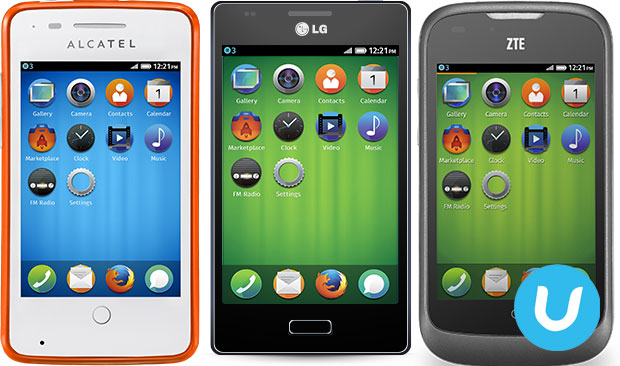
A lot will depend on how these phones perform as a hardware, which will determine its popularity. If the hardware and quality are bad, then people will abandon them.
As for software, it’s hard to say how Mozilla’s OS will work as no one has seen it as yet. As a lightweight smartphone, it might do, but if demands are made on the OS to do more, it might falter. As mentioned, even Google’s Android took a few years to get it right. So it will be an uphill climb for Mozilla.
Put simply, the smartphone will likely be used as a lightweight device, still concentrating mainly on voice, SMS and some popular over the top apps.
Another issue would be how Mozilla will distribute the phone to the market. All the above said brands have established channels for distribution and it won’t be easy to get the handsets into the end retailers and consumers without a strong channel strategy.
Other than this, here are some more pressing questions: The first is pricing.
Bear in mind, prices of the new phone may not be exactly an equivalent of currency conversions of 3.5 * US$25 approximately RM87 as there may be other taxes and levies incurred. I’m wouldn’t even bet on the phone being made available here.
So while the phone may be very attractive from a pricing perspective, I feel it won’t affect those already looking at iPhone and other Android users above the RM500 level.
Even if the take up is good among the budget users, I believe it will only be a small percentage of take up.
I feel it might be more apt in markets that are less developed than Malaysia, in say India, Indonesia and maybe Philippines, where the people are even more budget conscious. In any case, this may be what Mozilla is trying to do, reach the real low-end income earners with smartphones.
Secondly, will this smartphone benefit local app developers?
Mozilla’s OS is based on HTML 5, so developers that are developing apps must be able to do so in this language. HTML 5 has some advantages, such as being able to have app-like features while being powered by a browser that interacts with the user, so that’s the strong point as most browsers today support HTML 5. But would people want to develop such apps on HTML 5?
Thirdly, Mozilla hasn’t mentioned much about how they are going to distribute the apps; like is it an app store? Or do users go to Mozilla to download the apps? So that’s another poser.
Lastly, app development is a volume game; this means that the more downloaded, the more money developers make. If the size of the ecosystem is small, it might not attract developers to do so, like in the case of BlackBerry, which has long struggled to make their app store a success.
So all in all, there are a lot of questions left unanswered.
Until they get answered, I wouldn’t bet on its success here.


